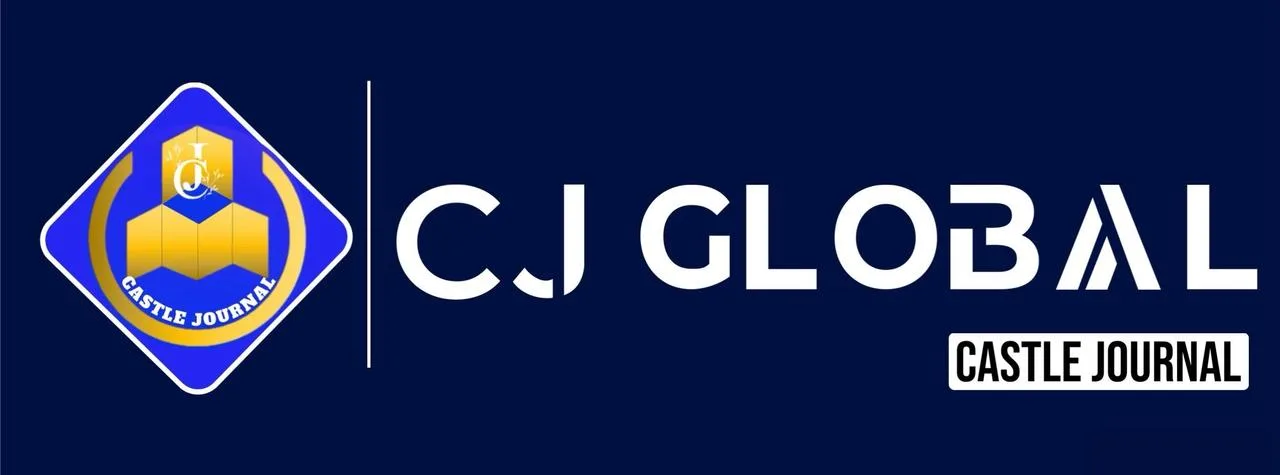TI 2025 Global Corruption Review: The Shadow of Financial Crime
London-UK
The year 2025 has been marked by a continuing decline in global governance, with major reports from international bodies highlighting that public sector corruption remains a primary driver of instability, economic decline, and humanitarian crises.
A review of recent corruption reports and assessments indicates a troubling convergence of issues:
countries torn by conflict continue to score lowest, while a new front in the anti-corruption war is opening up against financial transparency loopholes that enable global illicit flows.
This report summarizes the key findings and trends from major corruption-related releases in 2025, including assessments from Transparency International (TI), the Financial Action Task Force (FATF), and the World Bank.
Headline Points for CJ Global Readers
Conflict as Corruption Catalyst:
Countries embroiled in civil war and long-term instability dominate the list of those perceived as most corrupt, where the state structure has been captured by political and military elites.
The Global Average Stagnates:
The majority of nations continue to score below the midpoint on major indices, indicating that systemic corruption—not just isolated incidents—is the global norm.
Focus on Financial Plumbing:
The FATF has intensified its scrutiny of nations with strategic deficiencies in Anti-Money Laundering (AML) and Counter-Terrorist Financing (CFT) regimes, identifying new jurisdictions under “Increased Monitoring” (the “Grey List”).
Sectoral Risks:
New reports highlight pervasive corruption risks in public debt management, climate finance, and the exploitation of emerging technologies like Artificial Intelligence (AI) for illicit gain.
Beneficial Ownership Push:
International bodies are placing significant pressure on all nations to enforce rules requiring transparency on beneficial ownership to reveal the true individuals behind shell companies.
Transparency International’s Corruption Perceptions Index (CPI) 2024 (Released Feb 2025)
The Corruption Perceptions Index (CPI), the most widely cited measure of public sector corruption as perceived by experts and businesspeople, showed little improvement globally in its 2024 edition, released in early 2025.
The World’s Most Challenged Jurisdictions
The bottom of the ranking continues to be populated by states where civil war, state collapse, and extreme political instability have allowed for the wholesale capture of state resources by elites.
The primary root causes cited are collapsed judiciaries, lack of oversight, and the misuse of foreign aid and state funds.
Lowest Scorers:
The nations consistently perceived as the most corrupt include South Sudan, Somalia, Venezuela, Syria, and Yemen.
Systemic Failure:
The CPI analysis highlights how corruption in these nations leads directly to humanitarian crises, severe shortages, mass emigration, and the collapse of essential public services (health, education, infrastructure).
For instance, corruption is cited as a key factor in Libya’s “kleptocratic boom,” which facilitated money laundering and the theft of public funds following post-Gaddafi turmoil.
Democratic Decline:
Several nations with long-standing democratic institutions continued to see their scores dip due to concerns over judicial ethics and independence, suggesting that corruption is not exclusive to authoritarian regimes.
FATF Reviews:
The Fight Against Illicit Financial Flows (October 2025)
The Financial Action Task Force (FATF), the global body setting standards for Anti-Money Laundering (AML) and Counter-Terrorist Financing (CFT), published its latest review of “Jurisdictions under Increased Monitoring” (the Grey List) in October 2025. FATF’s reports focus on the technical deficiencies in a country’s legal and financial systems that allow criminal money to move freely.
Increased Scrutiny:
The FATF is placing significant pressure on countries that have made high-level political commitments to reform but are failing to implement effective measures.
Countries reviewed this year for progress on their action plans included South Africa, Nigeria, Mozambique, Vietnam, and several African nations.
Key Deficiencies:
Common failures across these monitored jurisdictions involve:
Lack of risk-based supervision of non-financial sectors (like real estate and precious metals dealers).
Inadequate frameworks for collecting beneficial ownership information (who the real person is behind a company).
Failure to apply effective, proportionate, and dissuasive sanctions against financial crimes.
Global Standard:
The FATF’s actions influence foreign investment and banking relationships, making compliance a crucial economic priority for all monitored nations.
World Bank and UNODC: Sectoral Corruption Risks (2025)
Other global bodies focused their 2025 reports on how corruption is infecting specific, vital sectors of the global economy:
Public Debt Corruption:
A major working paper released in 2025 explored how corruption risks permeate every stage of the sovereign debt cycle—from contracting loans and managing the funds to debt restructuring.
This highlights how corrupt officials often steer public borrowing into unnecessary or overpriced projects that yield private gain, contributing to national debt crises (as noted in reports on countries like Kenya).
AI and Governance:
The corrupt use of Artificial Intelligence (AI) in the public sector emerged as a new risk area. Reports identified how AI could be exploited for manipulating public tenders, automating bribery schemes, or enhancing the surveillance of anticorruption watchdogs.
Procurement Scams:
Investigations revealed persistent manipulation in procurement processes for large infrastructure and consultancy projects, with allegations of coordinated actions between government officials and foreign business executives to secure contracts in exchange for undisclosed benefits (as seen in European Investment Bank-financed projects in regions like the Balkans).
In conclusion, the 2025 corruption reports underscore a global crisis of governance where the most vulnerable nations are sinking deeper into instability due to corruption, while sophisticated financial methods continue to allow illicit funds to flow freely, requiring international cooperation to demand full beneficial ownership transparency to combat the flow of “dirty money.”
